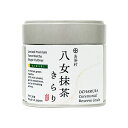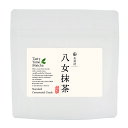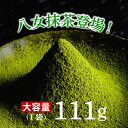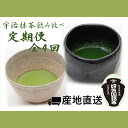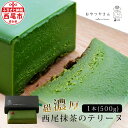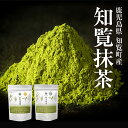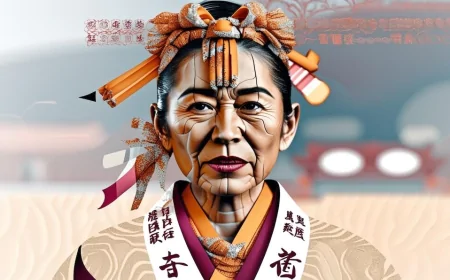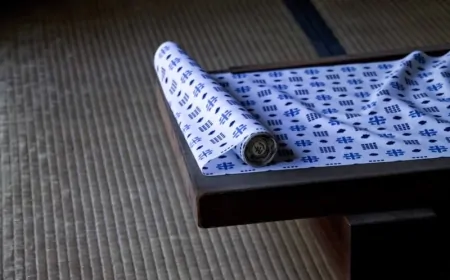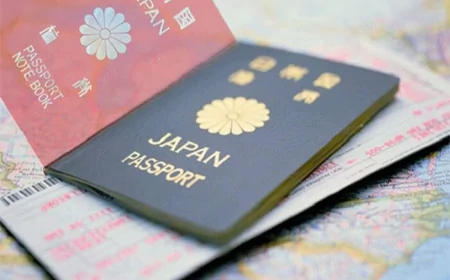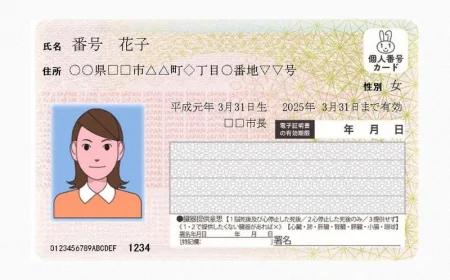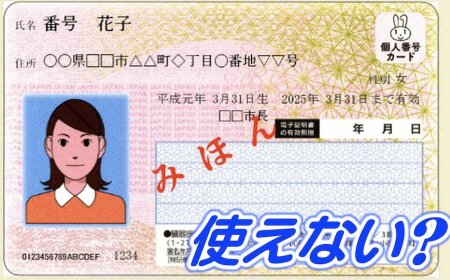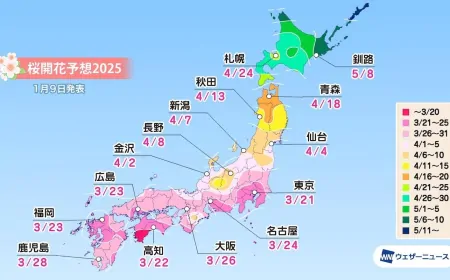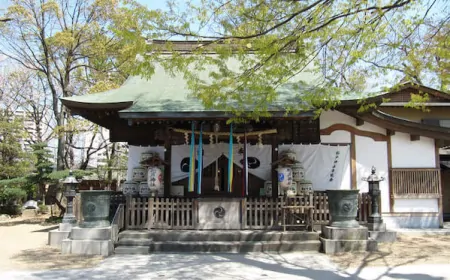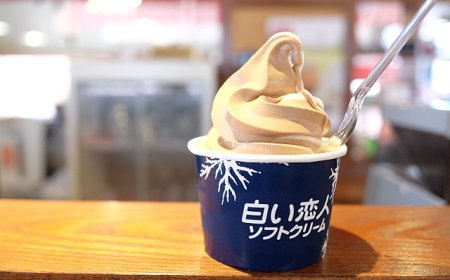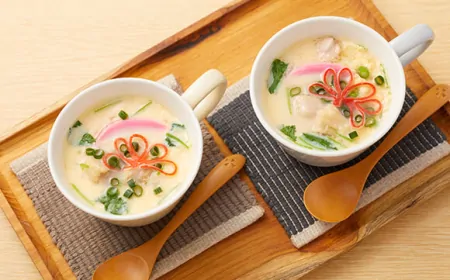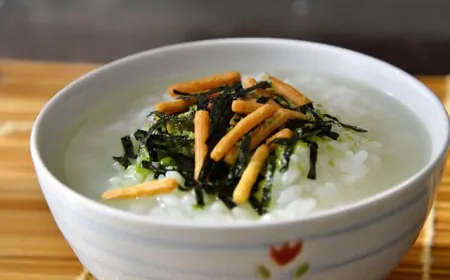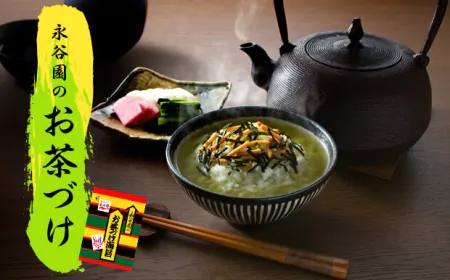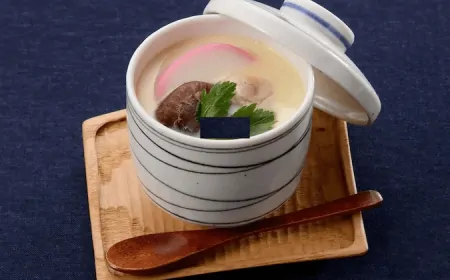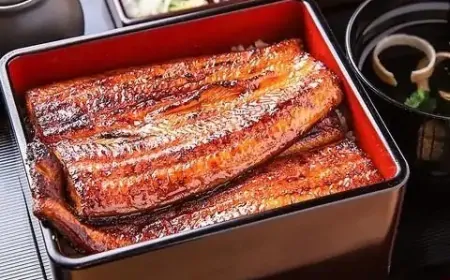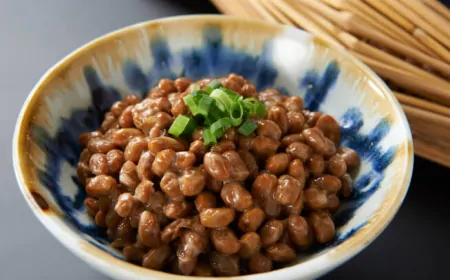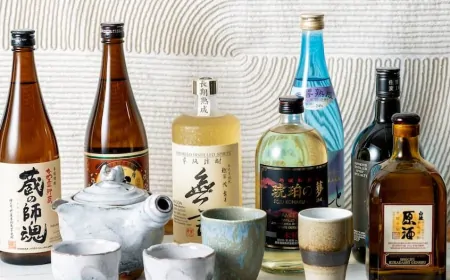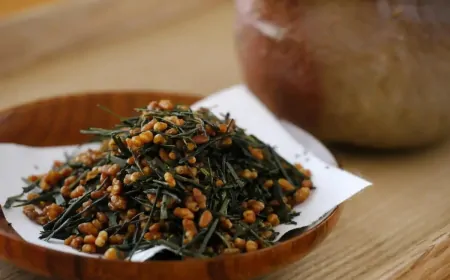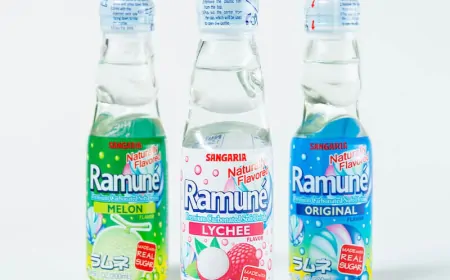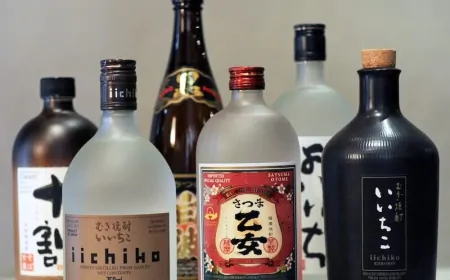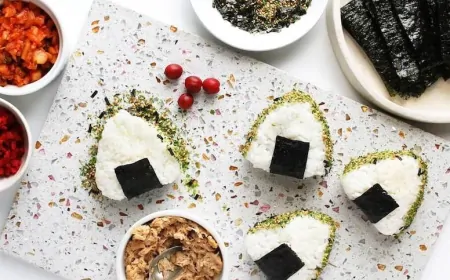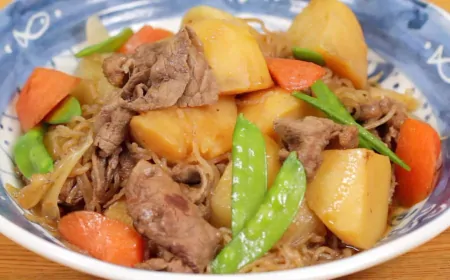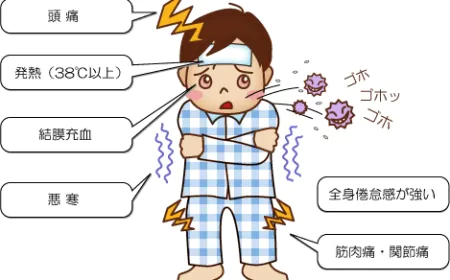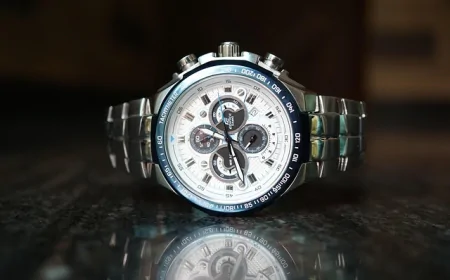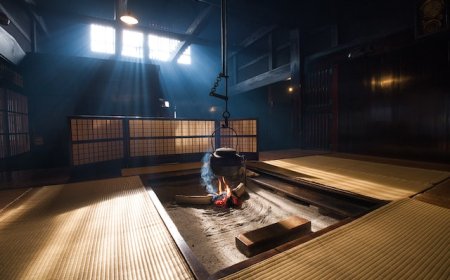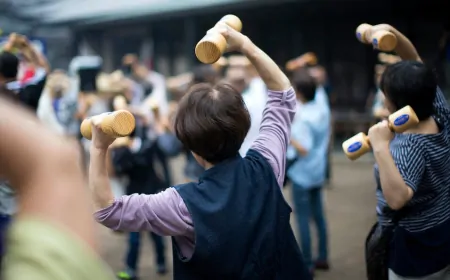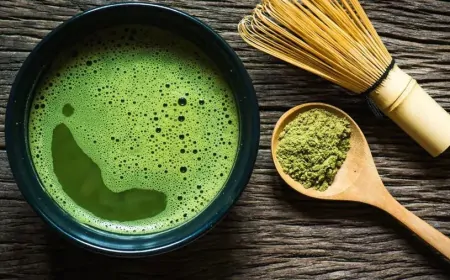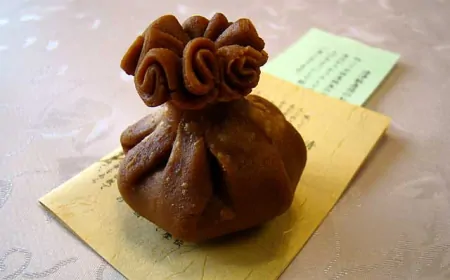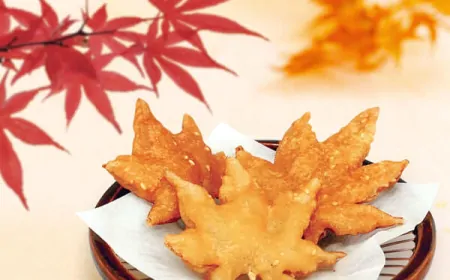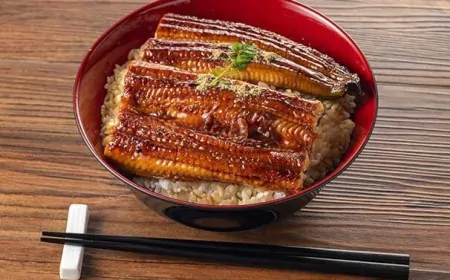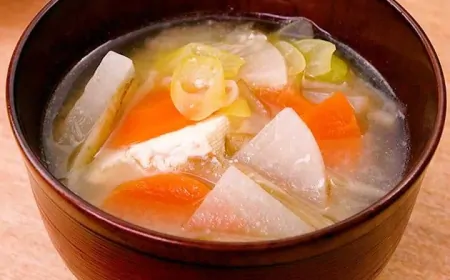Do you already know about Sushi?
As a wonderfully addictive dish, full of culture and art, sushi is still quite a mystery to people. Why do so many people spend so much money just to eat a few pieces of raw fish?

Unlike the sushi supermarket chains in the West, the authentic sushi experience in Japan will be one you'll remember forever. Japanese sushi chefs always know how to turn sushi pieces into a journey of color, texture, flavor and presentation.
For the best experience, you should know how to eat sushi. Note: dipping sushi with soy sauce and wasabi is not a good idea.
If you are in Japan, you can enjoy and learn to make sushi through the deals introduced here
1. The origin of sushi is not Japan
Although sushi is now most complete and popular in Japan, the origin of this dish originates in Southeast Asia. Indigenous sushi, a fermented rice-and-sour fish roll, originated among the inhabitants of the Mekong Delta before spreading to China and later Japan.
The current concept of sushi was first introduced in Japan by Hanaya Yohei around the end of the Edo period, around the mid-1800s.
2. Sushi was originally cheap food
In the old days you didn't have to have a platinum credit card to eat sushi. Sushi is served as a cheap and fast food, often used in theater performances. In those days people only ate sushi, not popcorn like today.
3. Wasabi today may not be the real wasabi
Real wasabi is made from the root of the wasabia japonica plant in Japan, not the horseradish plant that is often substituted today. The spicy taste of wasabi is the plant's natural anti-bacterial agent, making it the perfect ingredient for killing germs and parasites on raw fish.
Real wasabi is very expensive, and many sushi restaurants pay a lot of money to buy wasabi. Wasabi that you often see in mid-range restaurants is mixed from horseradish root and mustard and then added a green colorant to replace the real wasabi.
4. At first people didn't eat the rice that surrounds the sushi
Fermented rice is wrapped around the fish to create an umami flavor – a unique sour taste. After the fermentation is over, people will separate the rice and eat only the fish. The rice is considered a preservative for fish meat and prevents insects from coming into contact with the fish.
Today, preparing rice vinegar for sushi is as important as preparing fish meat.
5. Nori used to have a very bad background
Nori – the sushi roll that was formerly scraped from wooden stakes in the sea or on the bottom of a boat. These gruesome-looking pieces of seaweed are cut into pieces and dried. Today seaweed is supplied from specialized production farms. Western brands often grill seaweed for safety reasons but Japanese restaurants do not and they keep the seaweed pieces to preserve the best fish flavor.
6. Sushi becomes zushi in the name of specific dishes
The word “sushi” will turn into “zushi” in Japanese in specific dishes. For example, maki (sushi roll) is maki-zushi; nigiri (rice with a piece of sashimi fish) is nigiri-zushi.
7. Puffer fish is the most dangerous sashimi
Fugu, or puffer fish, harbors a toxic substance in the skin, abdomen, liver and bile glands that can be deadly. If a chef is not careful to cut these parts, his sashimi can poison customers to death. To be certified as being able to make sahimi fugu, chefs have to go through a rigorous training and management process, after which they will eat pieces of sahimi fugu they make. And people have lost their lives in these graduation competitions.
For centuries, the law against eating fugu was imposed on the emperor (even on his birthday) because of the risks.
8. Maki scrolls are works of art
Forget the usual “California”-style sushi rolls at Western cheap sushi restaurants. The ingredients used to roll maki-zushi (sushi rolls) are selected by master chefs to ensure that the flavors, textures, and even colors perfectly complement each other. The maki rolls are pre-cut in the plate so that customers can admire the art of rolling inside.
9. Maki-zushi is named after the sushi roll
The bamboo sheets used to roll sushi are called makisu in Japanese. In the West, maki-sushi rolls are very popular, and in Japan, people like nigiri – a piece of sushi consisting of a slice of fish placed on top of hand-made rice.
The advantage of maki-zushi is the addition of ingredients such as carrots, cucumbers, and radishes. The advantage of nigiri is that you only need to dip the fish in soy sauce and avoid dropping the rice (an important rule in sushi).
10. Not all maki-zushi are rolled with seaweed
Although we are all too familiar with maki-zushi rolled with seaweed, maki-zushi in Japan is also rolled with tofu, cucumber or egg.
11. Sushi is made to be eaten by hand
True to the origin of sushi as a fast food, it is prepared to be eaten by hand. Only with sashimi do people eat with chopsticks.
12. Even fresh sushi is frozen first
According to food safety regulations in the US and Europe, raw fish must be frozen for a certain period of time to kill flukes and parasites. In Europe, raw fish must be frozen at -20°C for at least 24 hours. Even the fresh fish used in Western restaurants has been pre-frozen, spoiling the texture and original taste.
Sushi chefs have been trained to recognize problems like flukes and parasites in fish when they buy ingredients. Making customers sick is a serious taboo in sushi processing.
13. Wasting soy sauce is bad practice
Leaving a cup of cloudy green soy sauce with rice and food floating around is not acceptable. Wasting soy sauce is taboo. When eating standard Japanese sushi, use only enough soy sauce and add more if needed.
Do not mix wasahi with soy sauce. If necessary, use chopsticks to sweep wasabi over the sushi. But it is recommended that you keep the sushi that the chef has chosen to combine because only they know what is suitable for each type of sushi.
14. Do not dip the rice side of sushi
If you need a nigiri dip then dip the side with the fish. The nigiri rice layer has been cooked to the right taste and texture. Leaving rice grains in the bowl of soy sauce is not advisable.
--------------------------
Injavi.com - Visit in Japan
Sushi with toppings such as caviar or unagi (eel) should not be dipped in soy sauce. To enjoy the best sushi, do not dip it all with soy sauce.
15. The nigiri should be turned upside down when eating
For sushi like nigiri with fish slices on a rice roll, you should turn the nigiri so that the fish meat touches your tongue when eating. Nigiri is usually eaten with your hands, so you can easily turn the nigiri over.
16. You can offer the chef a drink
After you've finished your sushi, you can offer to offer the chef a glass of sake as a token of gratitude. If the chef agrees, you should also have a drink. Except at this point, you should not ask the chef distracting questions during the sushi making process because the chef needs to be very focused.
If you are rejected (this is often the case) then simply bow your head respectfully. No matter how good the meal is, you don't tip. Tipping is not customary in Japan and is considered rude if you don't do it properly.
-------------------
Injavi.com - Visit Japan | Visit in Japan
Guide to living, studying and working in Japan
Related Products
